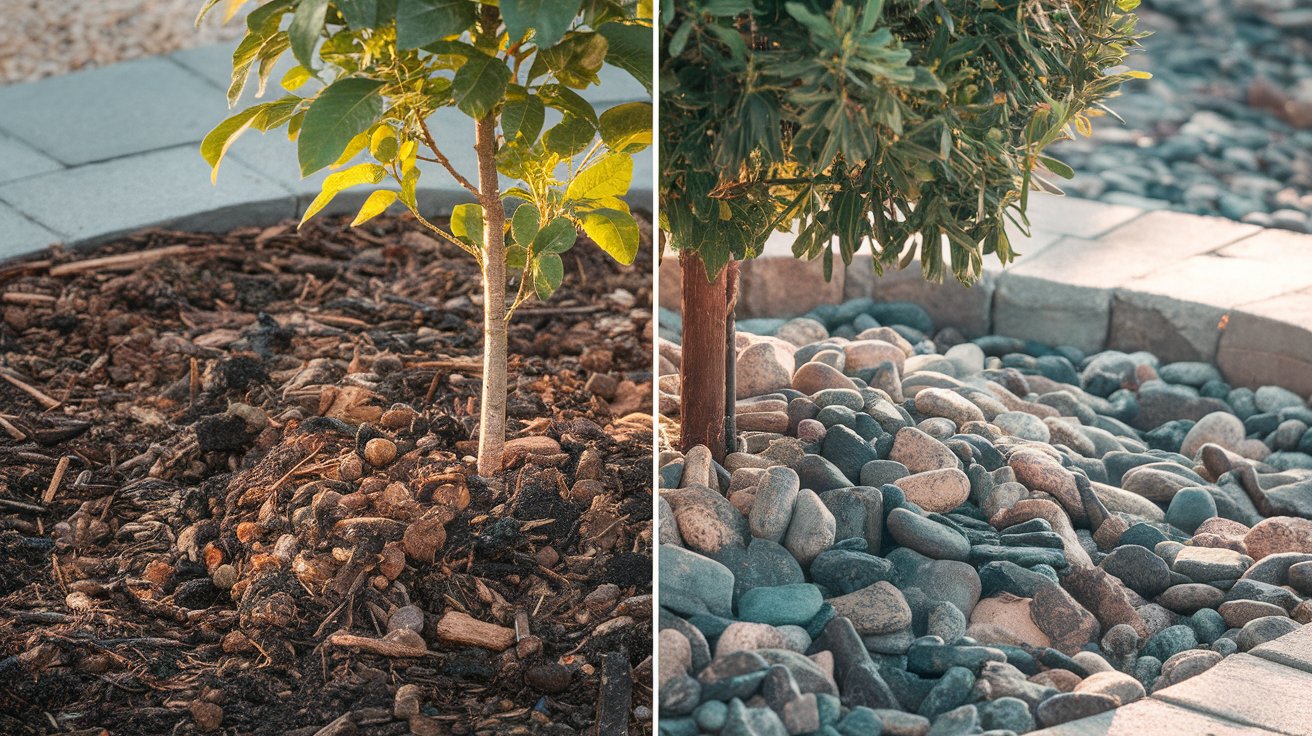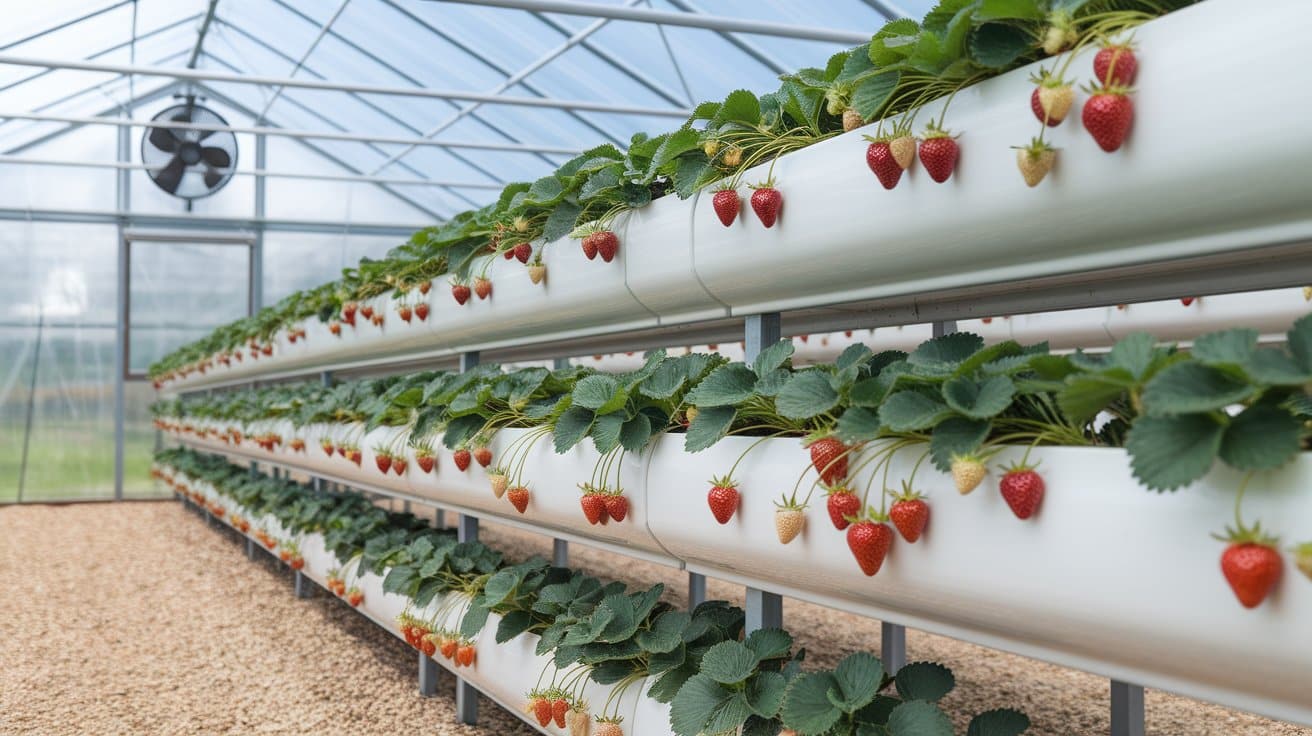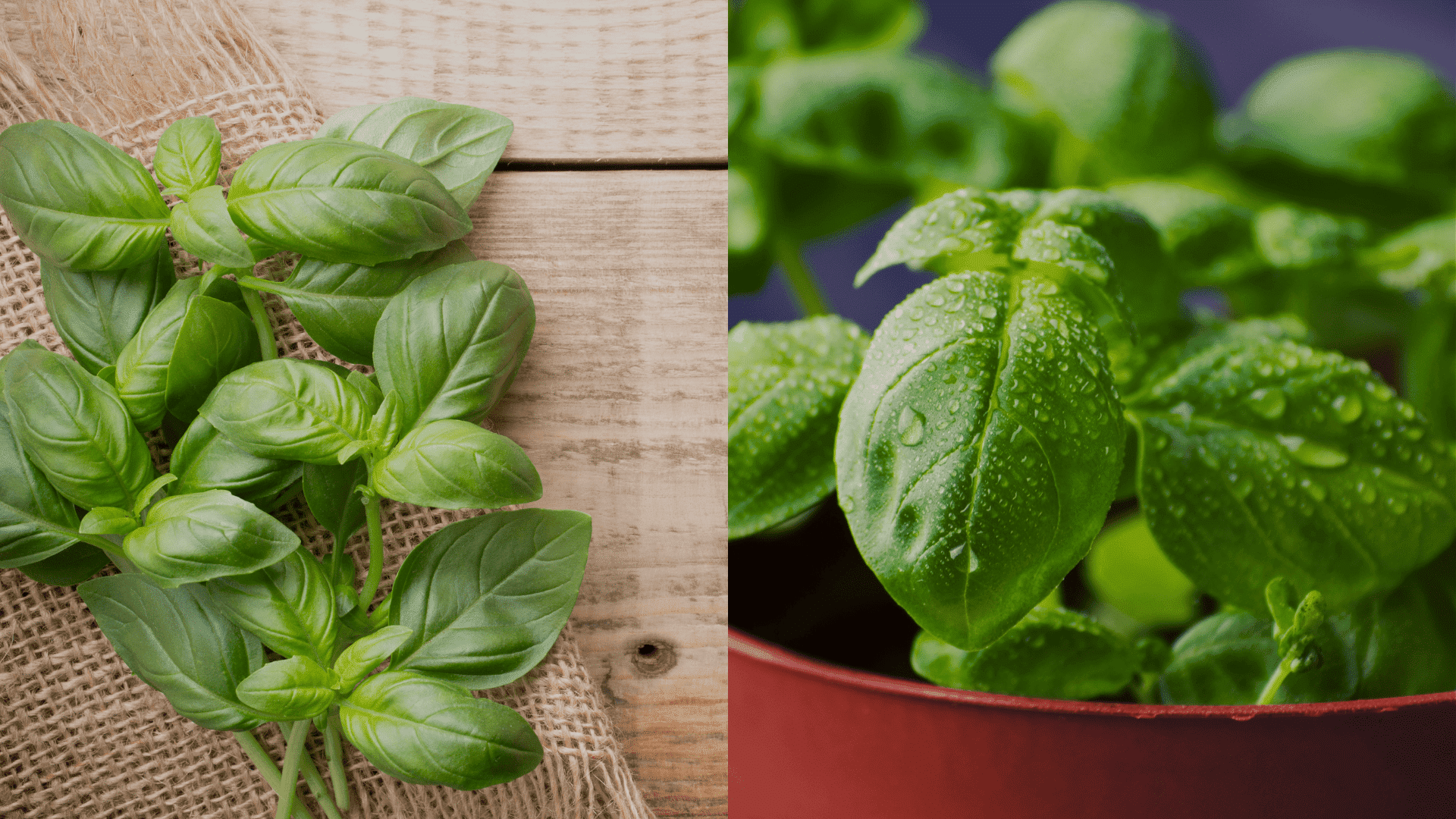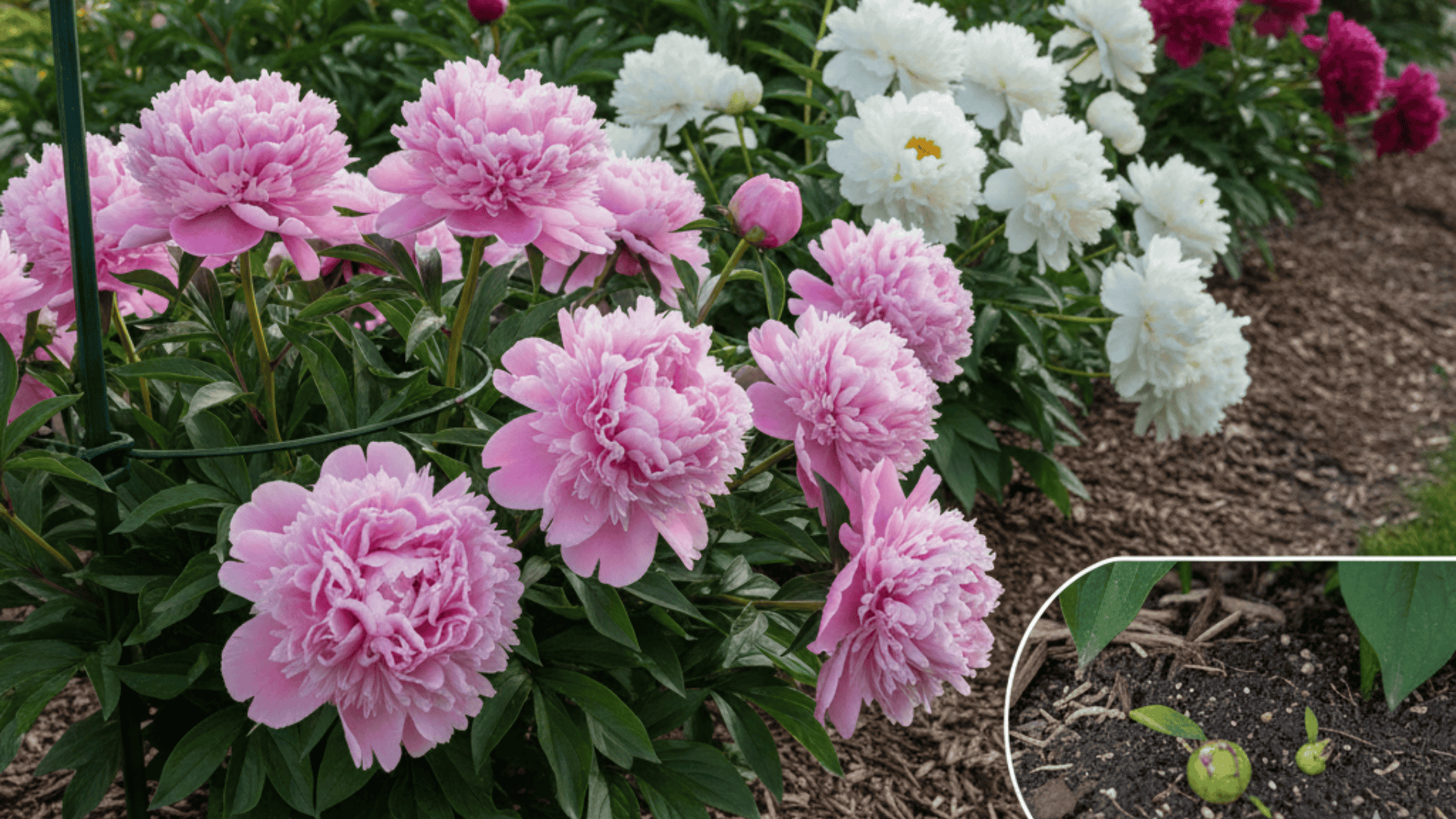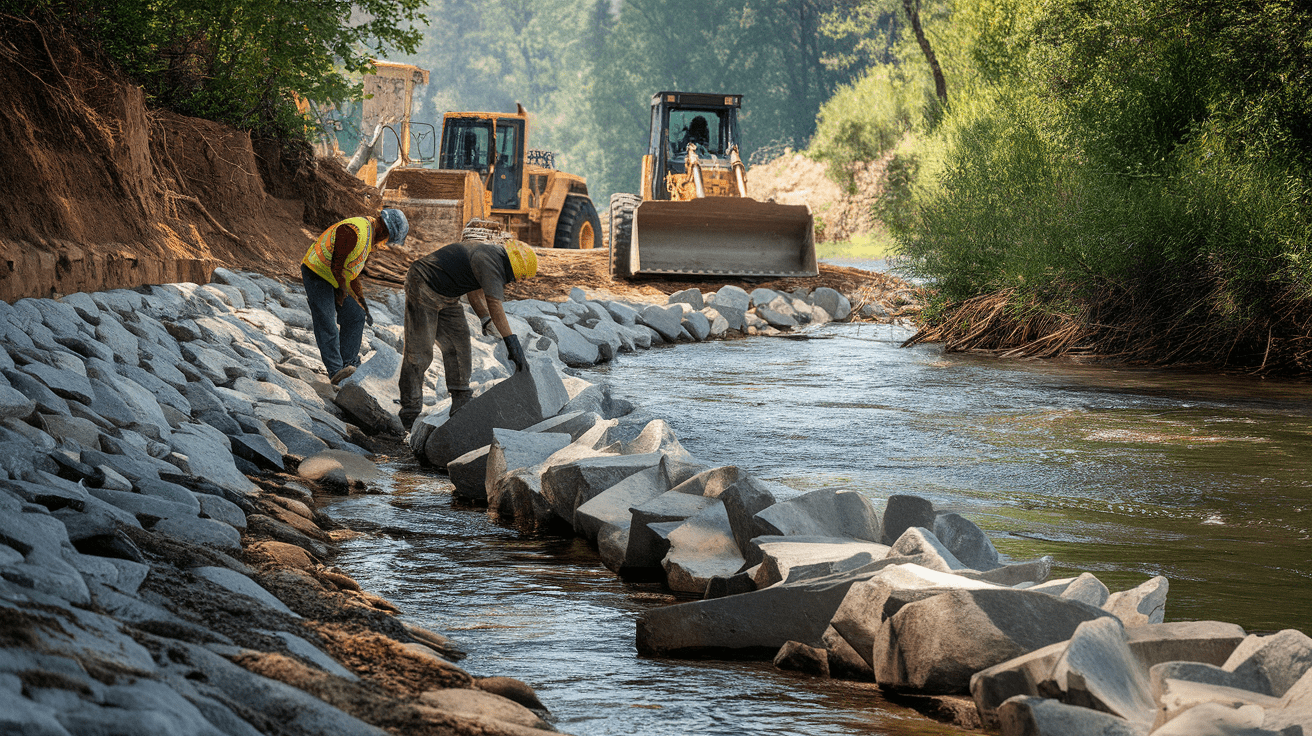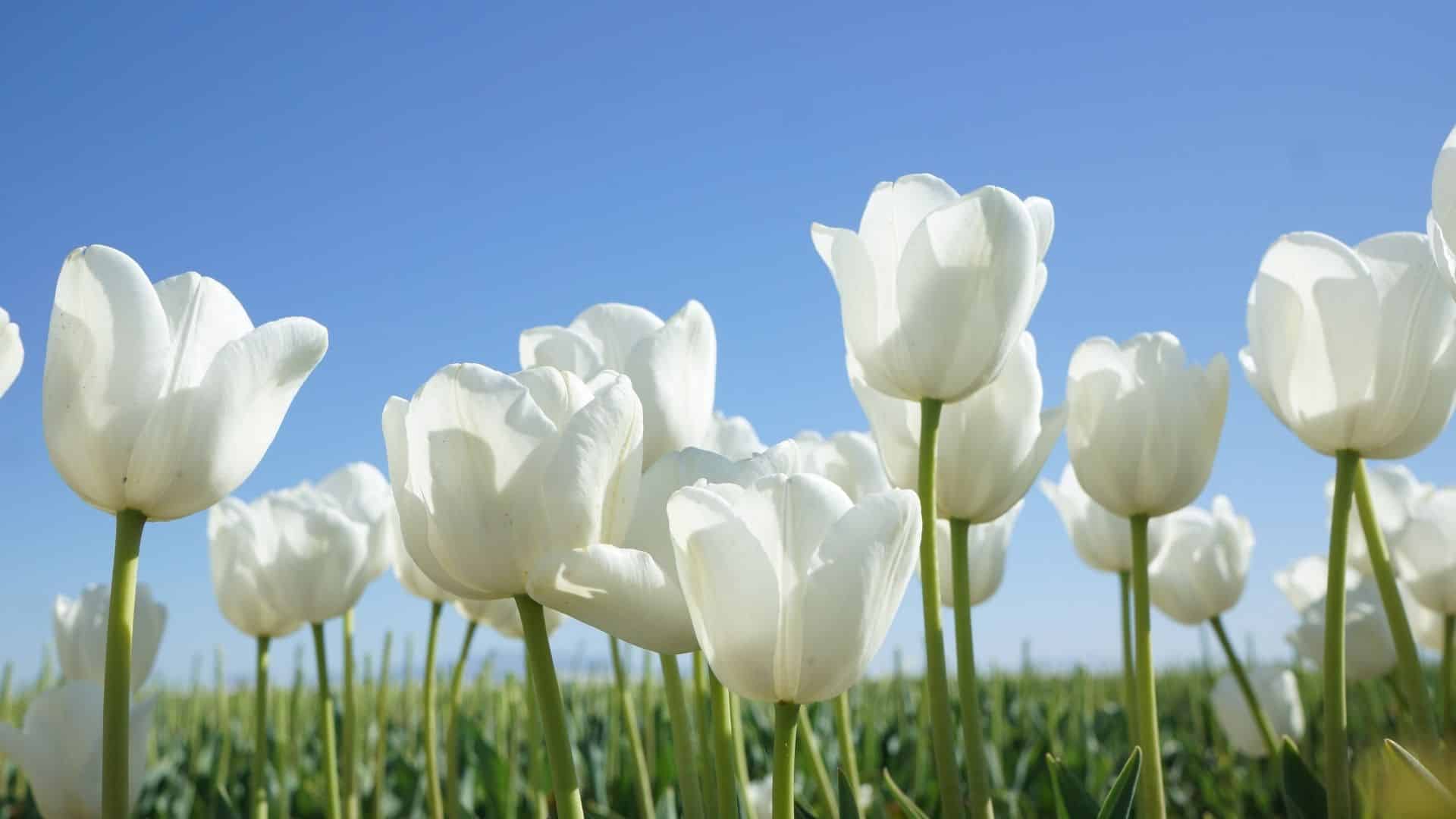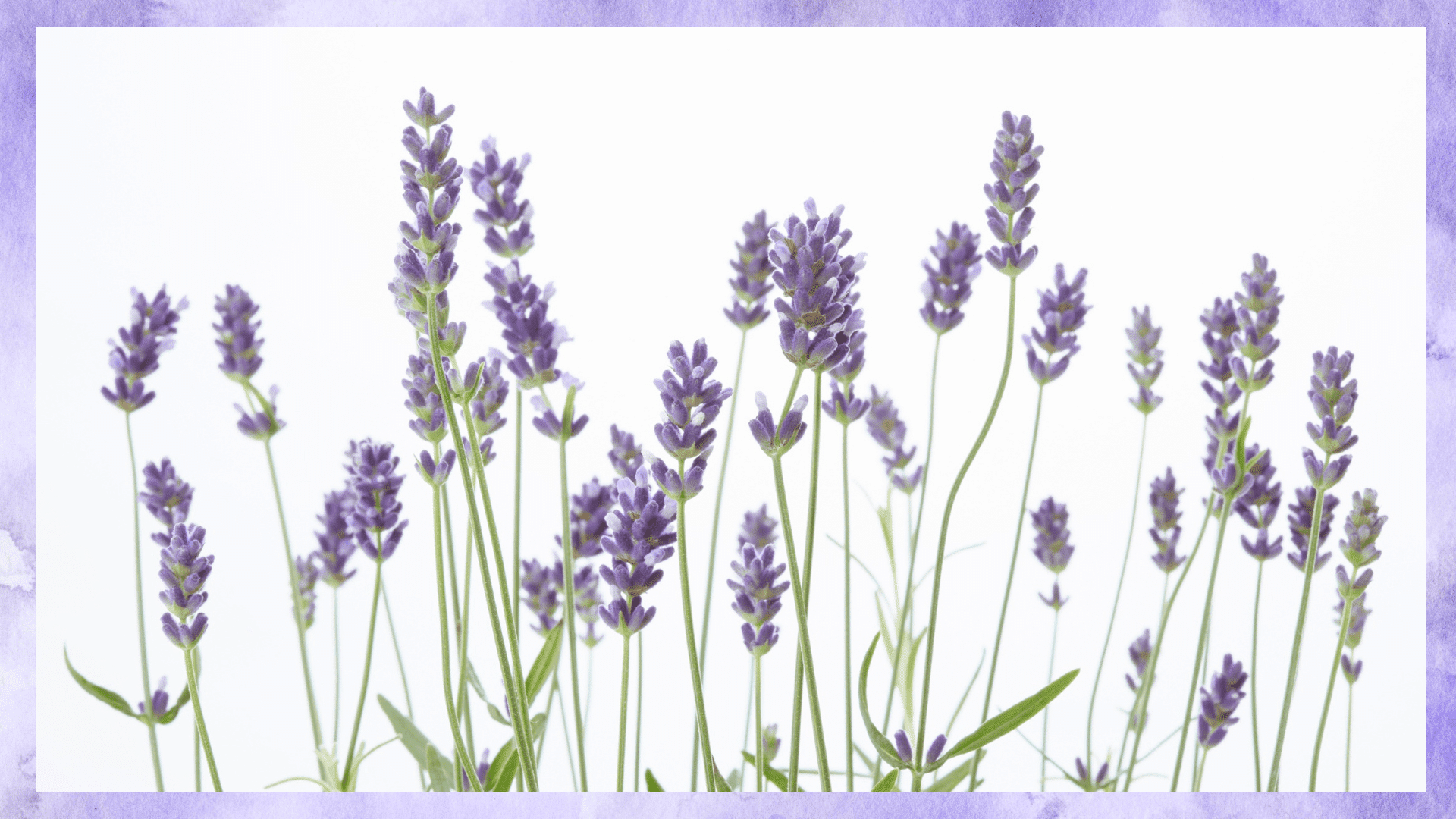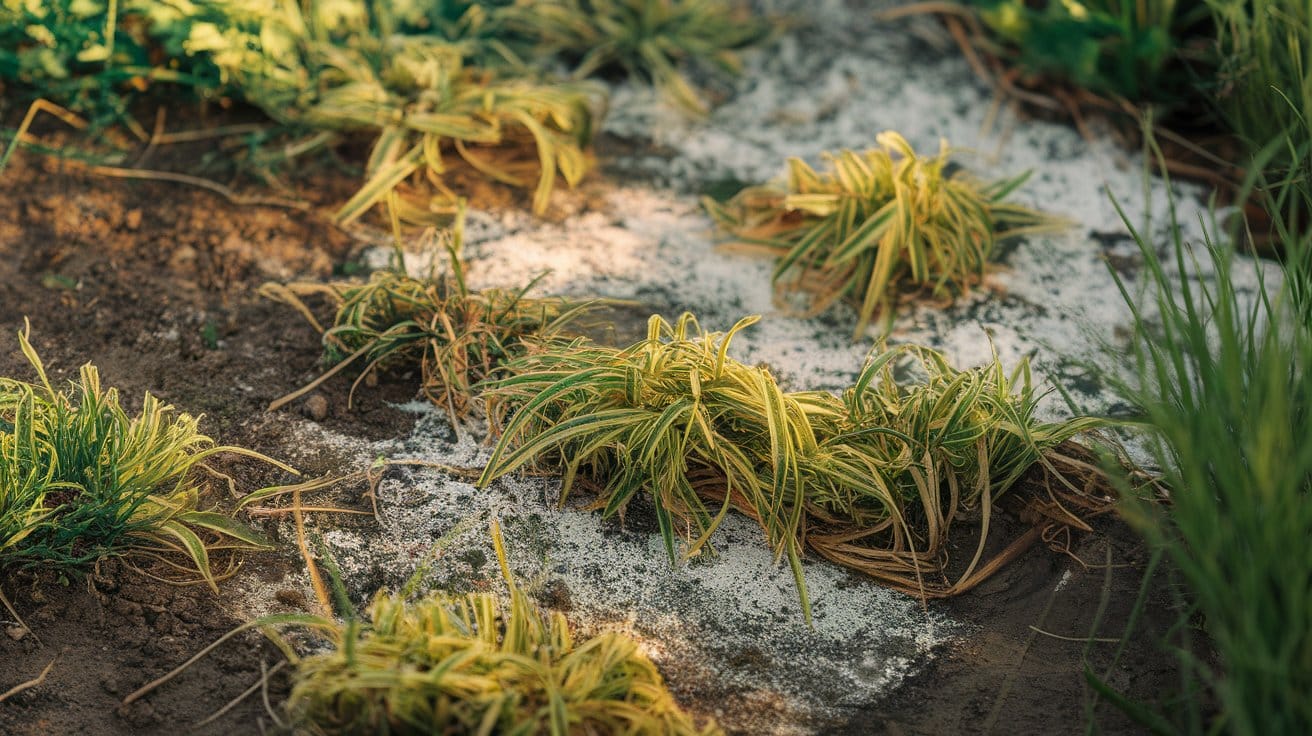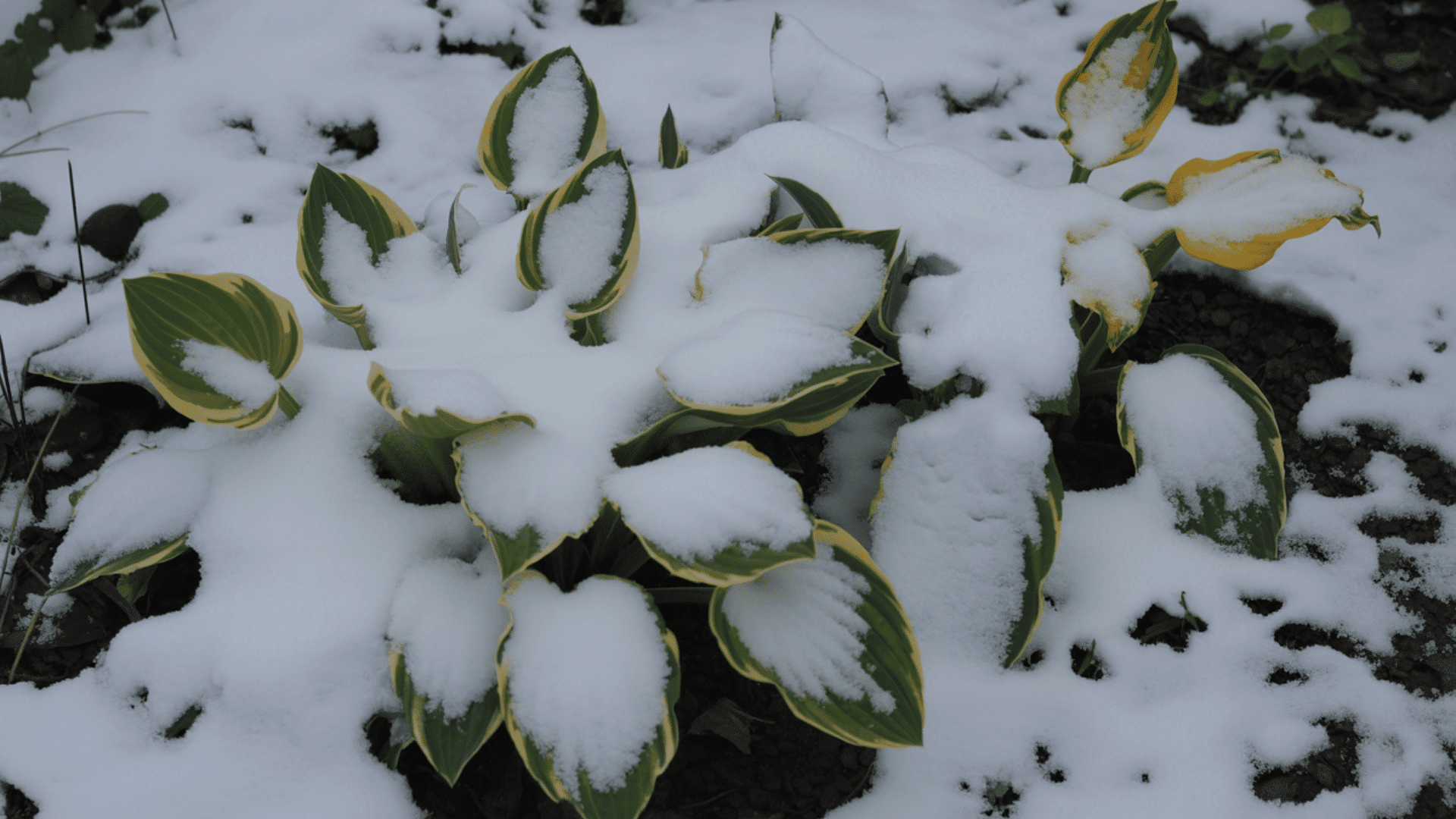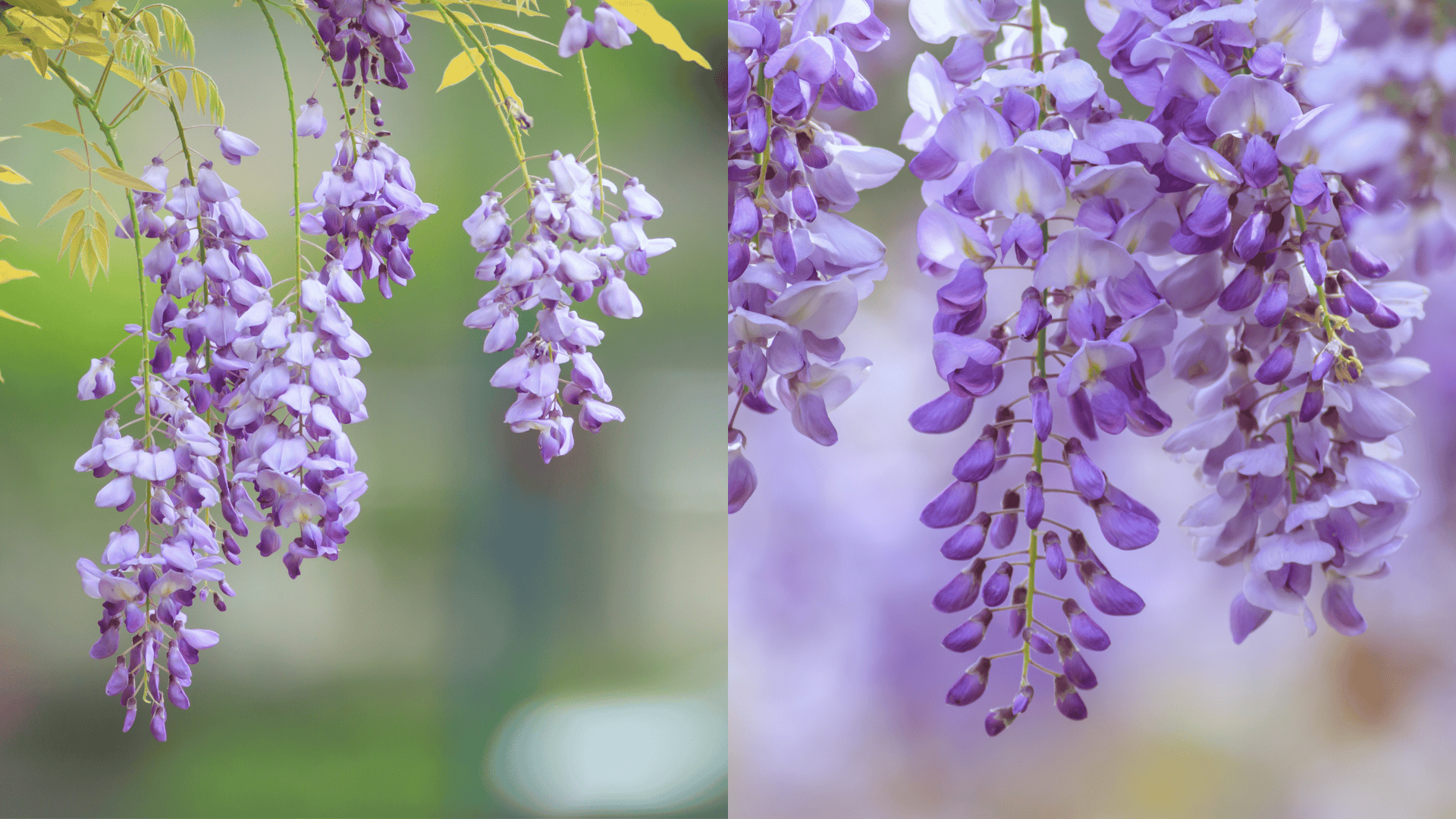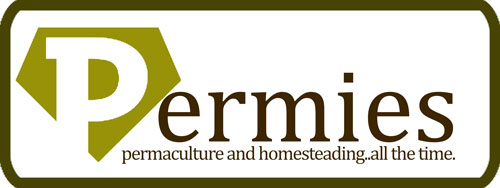As someone who has worked on numerous backyard projects, I’ve seen one question arise repeatedly: Should I use rocks around trees instead of mulch?
Both options can completely change the appearance of your yard and the health of your trees.
Many homeowners share strong opinions in the mulch vs rock debate, each claiming their choice gives better results for tree health and landscape design.
After testing both methods in my own garden and consulting with landscapers and homeowners, I’ve found that there’s no singular answer, but there are definite lessons worth sharing.
So, I’ll share how each option performs in real conditions, what others have experienced, and simple tips to help you choose what suits your yard best.
Comparing Rocks and Mulch in Landscaping
Over the years, I’ve learned that the mulch vs rocks debate is rarely just about looks.
It’s about learning how each material shapes the environment beneath the surface, from root health to water flow and soil life.
Both options have strong supporters. Some people love the tidy, permanent appearance of rocks, while others value the natural balance mulch brings to the soil.
When comparing mulch vs rock, I’ve noticed that rocks perform better in dry, low-maintenance landscapes, whereas mulch works wonders in living, growing gardens that need nurturing.
Each serves a different purpose. One preserves structure, the other sustains life.
Pros and Cons of Using Rocks Around Trees
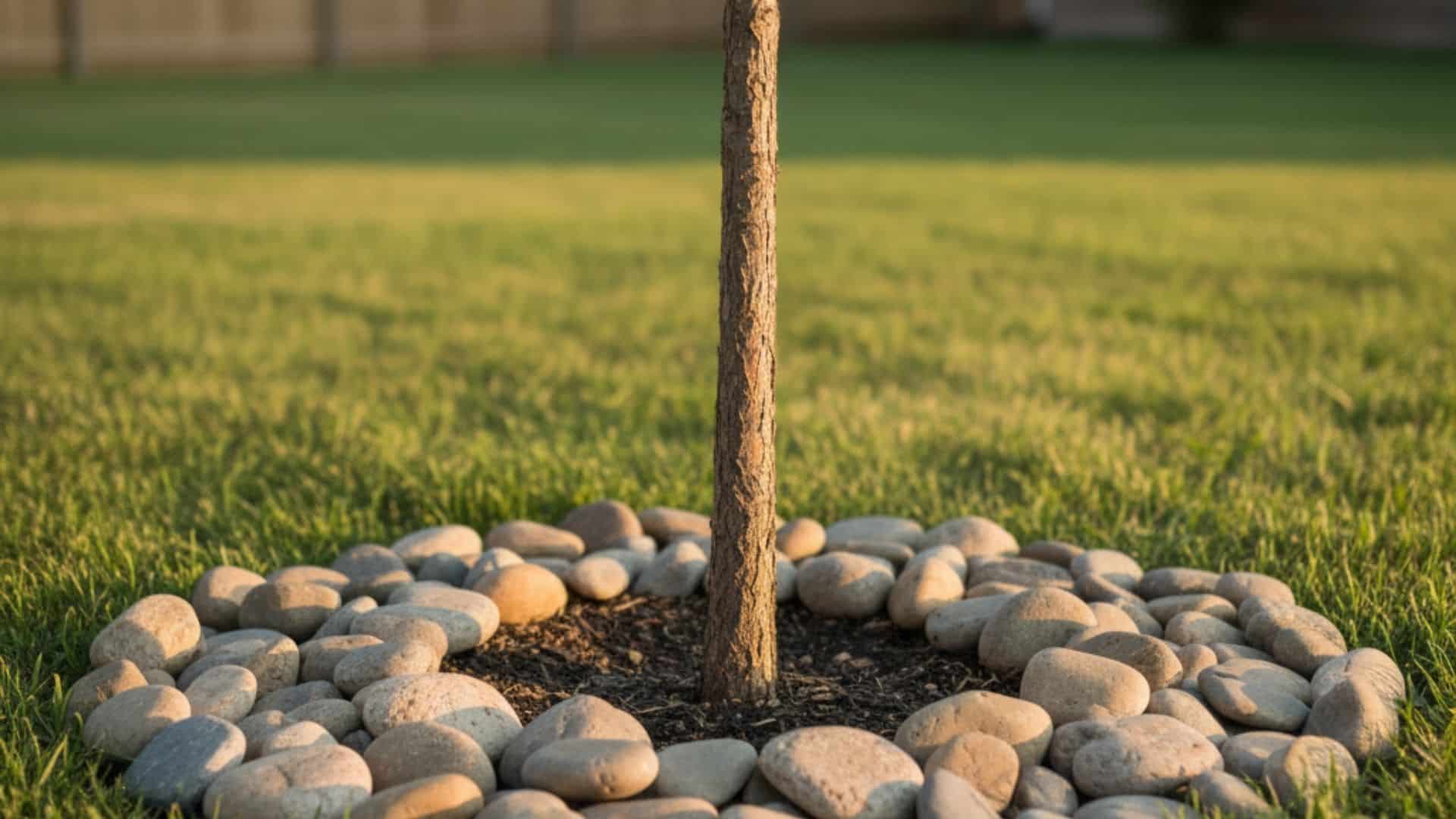
Rocks are ideal for homeowners who want long-term stability with minimal upkeep.
I’ve used them around larger trees where I don’t need frequent watering or soil improvement, and the results have been solid, literally.
Pros of Rocks
- Low maintenance: Once installed, rocks stay in place for years with little effort.
- Durability: They don’t decompose or lose color, keeping the yard neat.
- Erosion control: Great for sloped areas or regions with heavy rain.
- Pest resistance: Rocks deter insects, mold, and fungi.
- Heat retention in cool areas: Can help warm the soil in colder climates.
Cons of Rocks
- Heat buildup: In hot weather, rocks can raise soil temperature and dry it out.
- Soil compaction: Without proper layering, rocks limit airflow to roots.
- Upfront cost: Decorative stones cost more initially than mulch.
- Hard to replace: Adjusting or removing rocks later takes more effort.
Rocks shine in mature landscapes with established trees.
For young or newly planted trees, however, they may not provide the moisture and insulation roots need to thrive
Pros and Cons of Using Mulch Around Trees
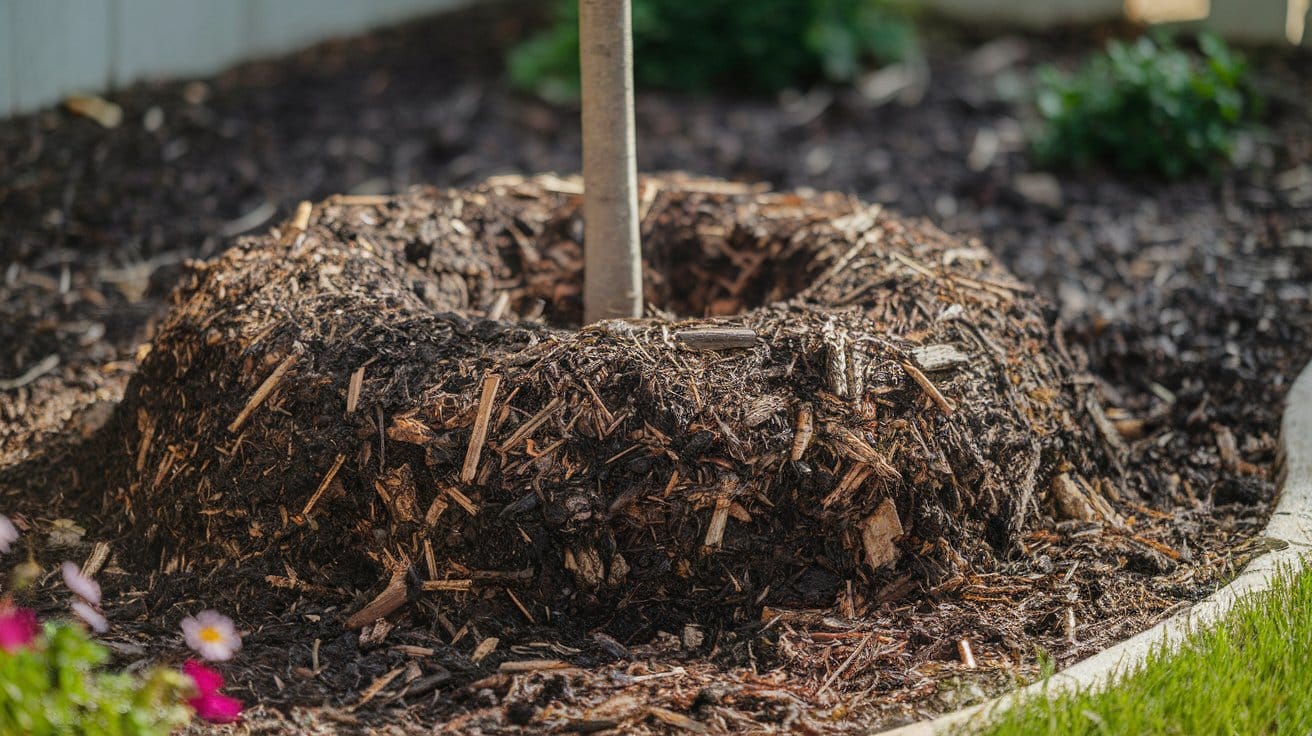
If rocks represent permanence, mulch represents growth. It’s softer, more forgiving, and better suited to trees that are still establishing roots.
I’ve seen mulch help struggling trees recover simply by improving soil moisture and temperature balance.
Pros of Mulch:
- Moisture retention: Mulch helps the soil stay hydrated longer.
- Nutrient enrichment: As it breaks down, it feeds the soil naturally.
- Temperature control: Keeps roots cool in summer and insulated in winter.
- Soil improvement: Encourages earthworms and healthy microbial activity.
- Natural appearance: Complements the garden’s organic look.
Cons of Mulch:
- Frequent renewal: It decomposes and needs topping up each year.
- Potential pests: Thick mulch layers can harbor insects or fungus.
- Washout risk: Can shift during heavy rains if not layered evenly.
- Maintenance required: Needs occasional raking and cleanup to stay tidy.
In my opinion, mulch is worth the extra effort if your goal is to promote soil health and tree vitality.
It’s especially effective for fruit trees, flowering varieties, and younger plantings that need extra support.
Using Both Rocks and Mulch for Balance
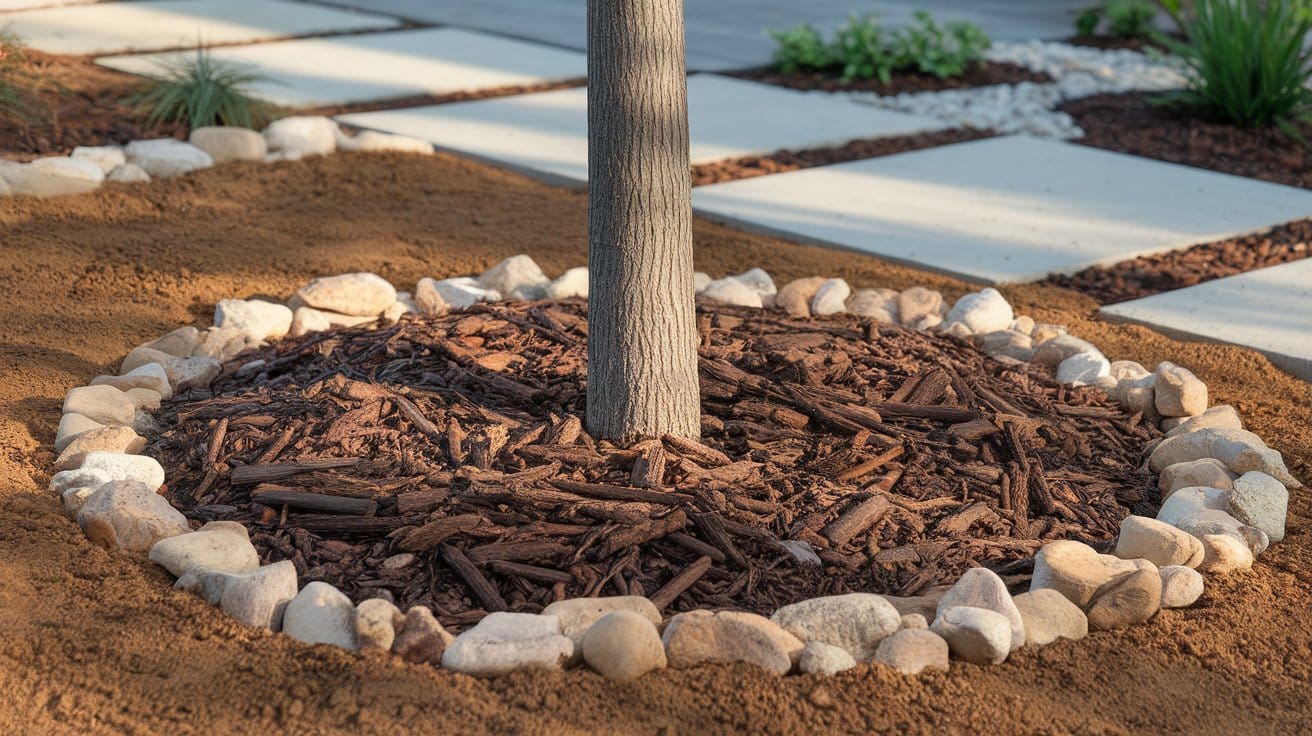
Through trial and error, I’ve found that you don’t have to pick one side. A hybrid setup often gives the best of both worlds.
Try adding a mulch ring around the base of the tree, then surrounding that with rocks as an outer border.
This setup looks intentional and helps the tree’s roots breathe while keeping the area tidy.
Gardeners who’ve used rocks around trees instead of mulch for outer circles report fewer weeds and less soil erosion, two significant benefits.
When setting up your layers, just remember not to pile rocks directly against the tree trunk.
Leave a small gap to allow air circulation and prevent moisture buildup, which can harm the bark.
Tips for Landscaping using Mulch and Rocks
Before you start hauling bags of stone or mulch, consider these factors:
- Climate: If you live in a hot or dry area, rocks might make sense. For colder or wetter climates, mulch supports healthier soil.
- Tree age: Young trees benefit from mulch’s insulation and nutrients; mature ones tolerate rocks better.
- Maintenance style: If you like hands-off gardening, rocks are your friend. If you enjoy tending your soil, mulch offers more satisfaction.
- Budget: Rocks cost more upfront; mulch costs more over time.
- Design preference: Rocks create a clean contrast, while mulch feels softer and more natural.
From my experience, many homeowners find success by starting with mulch and adding rocks later, once the trees have matured.
It’s a balanced way to evolve your landscape as your trees grow stronger.
Conclusion
The mulch vs rocks debate isn’t just about aesthetics, as it’s about what kind of relationship you want with your yard.
Rocks provide a long-term, structured look that’s perfect for those who prefer simplicity. Mulch, on the other hand, nurtures the soil and keeps your garden feeling alive.
The mulch vs rock decision depends on climate, maintenance preferences, and how you want your landscape to grow over time.
Personally, I use both: mulch for young, growing trees and rocks for mature ones that need less attention. That balance has worked beautifully in my garden.
What about you? Have you used rocks or mulch around your trees?
Share your thoughts or experiences in the comments; your story could help someone design their perfect yard.
Frequently Asked Questions
Can I Switch Between Mulch and Rocks Throughout the Year?
Yes, but do it seasonally. Use mulch during hot or dry months to retain moisture, and rocks during cooler months for low-maintenance gardening.
Can Rocks Prevent Weed Growth Better Than Mulch?
Rocks suppress weeds longer, but mulch can also block weeds effectively if layered properly. Use landscape fabric under either for the best results.
Can Rocks Affect how Rainwater Drains Around Trees?
Yes. Rocks improve drainage on slopes but can make flat areas dry faster. Combining rocks with soil-friendly barriers helps balance moisture flow.
How Do Pets or Wildlife React to Rocks and Mulch?
Mulch is softer for pets and wildlife to walk on. Rocks, while tidy, can become hot or sharp, so placement should consider foot traffic.

